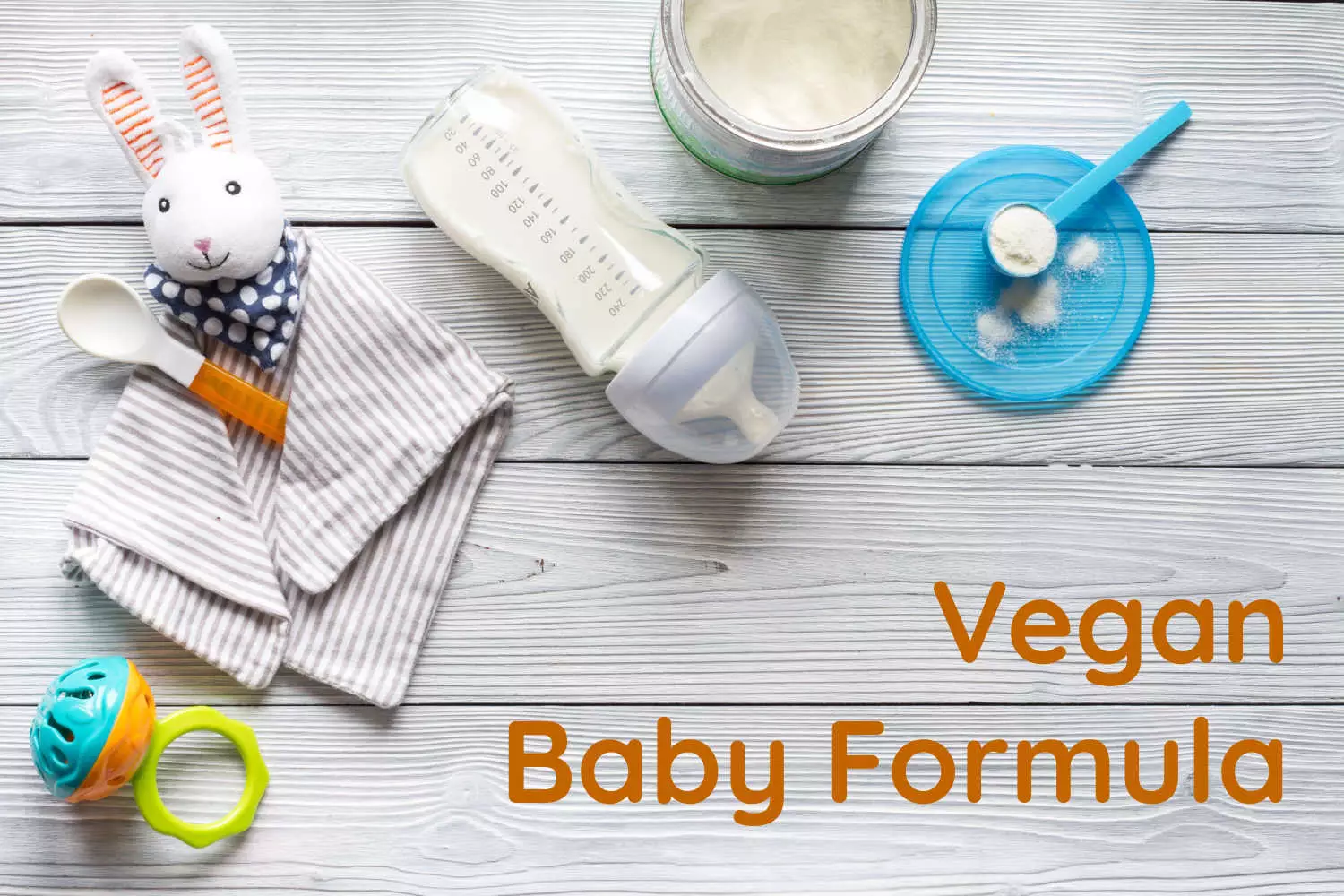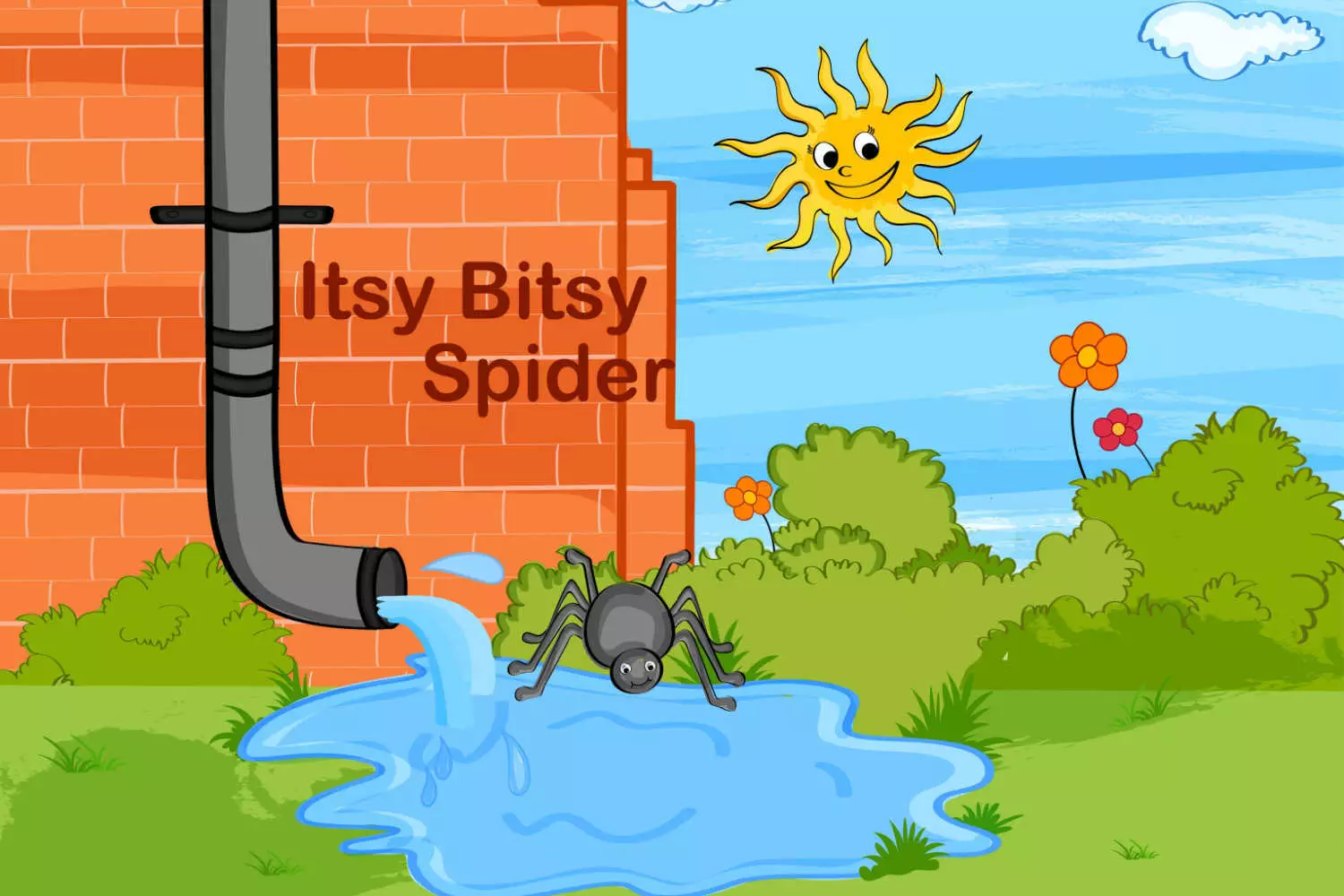
10 Ways to Ease Your Baby’s Vaccination Pain
5 min readWritten by Editorial Team


When it comes to vaccination, we, as parents have a responsibility not only to our own children but to the community at large. We have a responsibility to set an example as we know these medical interventions can work miracles for our children in the later stages of their lives. But the next thing you have to deal with vaccinating a baby is vaccination pain.
Taking your child for vaccination can be stressful for both parents and child. In order to protect our children from more than a dozen diseases such as measles, polio, and tetanus parents have to take them for their vaccines on time. Most of these diseases are now at their lowest levels due to years of immunization. Vaccines make your child immune to many diseases without getting sick first.
10 Tips To Ease Your Baby’s Vaccination Pain
In spite of its various benefits parents dread to see their children vaccinated. Parents cannot see their babies in any sort of pain, discomfort, or anxiety, every parent wants them to experience the least amount of pain and discomfort. So here are a few best ways to relieve the vaccination pain, a few helpful tips, hints, and strategies to ease your baby’s tears and fears.
1. Cuddle Your Baby
Just after they receive a prick of vaccination, infants want to feel snug and secure, a sensation you can create by swaddling your child. Even doctors will recommend you to swaddle them but keep in mind that different children will respond to different soothing strategies.
Make some small cooing sound like “Shhh, shhh, shhh” in the baby’s ear to mimic the sounds you usually make when your baby is fussy over small things. Babies are less upset and calm down much faster from the sting of an injection when they’re soothed with a quick series of comforting measures
2. Restrict The Movement

Most vaccination shots are usually given on the thigh, except the BCG shot that is given on the arm. In infants, you can restrict the movement of the affected thigh for some time by holding them in the correct position, and in older children you can guide them by not letting them walk or run faster for at least a few hours.
This will ensure lesser movement of the area of the prick, and lesser discomfort thereof. However, to restrict their movement, you will have to be very close to them, be gentle and give them lots of love and snug hugs.
3. Breastfeeding
In infants, breastfeeding has been shown to provide a great soothing effect. Breastfeeding is a delicate combination of skin-to-skin contact and the process of sucking and filling the stomach – which is ever so desirable for a baby. It can also be a distraction that they need from pain.
Bt in the case of oral vaccine, never give breastfeeding for at least 20 mins after the vaccination as the baby can vomit out the medicine with milk. Breastfeeding is strongly recommended to soothe your babies from vaccination pain.
4. Distract
In older children distraction can make a difference. You can distract your child with small talks like a recent interesting activity or an upcoming event. Draw your child’s attention away from the needle. This is one of the best ways that you can help your child.
5. Deep Breathing
Slow and deep breathing helps the child to relax and seems to reduce pain. Deep breathing and slow blowing are considered to be effective. Just be with your child and start breathing slowly – your baby will get the vibe from you and hos breathing will calm. Using distractions like bubbles, pinwheels or balloons can serve dual purposes.
6. Opt For Painless Injections

‘Painful’ and a ‘Painless’ injection is simply the common way of differentiating between a whole-cell and an acellular vaccine. The DPT vaccine which is given to infants comes in two forms whole-cell form (DPT) and an acellular form (DTaP).
In the whole-cell vaccine babies experience fever, pain, and redness around the area of injection while in acellular form, there are no such symptoms as it contains fewer antigens. Thus it makes it costlier than the whole-cell vaccine. You can always ask your doctor about painless injections before starting the Vaccination.
7. Be Informed
Ask your doctor what measures to be taken if any redness or swellings appear on the vaccinated area. Be clear should it be cold compression or hot compression that will work. For fever ask the medicine in advance so that if the need arises you will have all the tips handy
8. Sweet Solution
Sweet oral solutions prepared with water and sugar cubes also provide an analgesic effect in infants aging between 0 to 12 months. This formula can be administered to babies who cannot be breastfed during the vaccination, for them, it helps in reducing the signs of pain.
9. Stay Calm

Relax and stay calm when your little one is receiving the vaccination. Your child has the ability to sense his parent’s distress. Your worried behavior can add fuel to his fear of pain. Take comfort in knowing that it’s for your child’s benefit.
10. Be Honest
Honesty is the best policy when you are taking your young child for vaccination. Just be honest with him. Don’t tell your child that the injection won’t hurt. Tell him it will feel like a sting or a prick and the pain won’t last very long. Prepare him with encouraging words and explain the benefits of the injection. Also, don’t forget to reward your little ones for showing courage. Small rewards like their favorite chocolates, candies, and ice cream can work wonders
Vaccines are most suitable for infants and young children as they are at a huge risk of the ill effects of many lethal diseases because their immune system is not yet fully functional and mature. Also, one of the main reasons for their vulnerability is the production of very less acid in their stomachs, which makes it easier for bacteria and viruses to multiply when ingested by babies.
Read more about baby vaccination charts and schedules here

Editorial Team,
With a rich experience in pregnancy and parenting, our team of experts create insightful, well-curated, and easy-to-read content for our to-be-parents and parents at all stages of parenting.Read more.
Responses (0)
Want curated content sharply tailored for your exact stage of parenting?
Related articles

Shape Sorting Toys For Babies – How it Helps in Baby’s Development

Millets For Post-Delivery and Breastfeeding Mothers – Everything You Need to Know

Positive Coombs Test in Newborns – What it is, When it is Done and How to Take Care

Vegan Baby Formula – When to Introduce, Benefits and How to Choose

Itsy Bitsy Spider Rhyme For Babies

Top Activities For a 8 Month Old Baby – Benefits and Tips For Parents
Sponsored content
Discover great local businesses around you for your kids.
Get regular updates, great recommendations and other right stuff at the right time.





